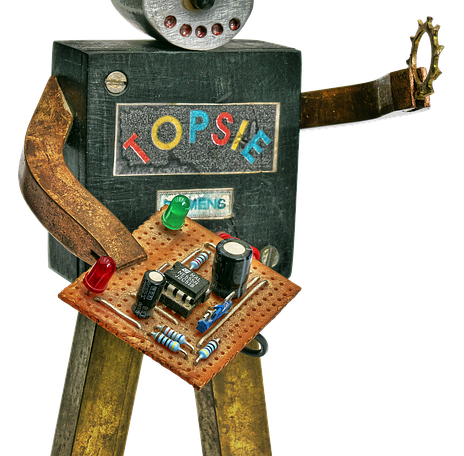Year 6: Electronic Waste (e-waste)
Links to Learning
Science Link
- To identify why certain materials are used to make the components of electrical devices.
SDG Link
- To understand the environmental impact of generating e-waste (electronic waste) and the steps that can be taken to reduce it.

Clip 1 - Natural Materials Used in Electronic Devices
The world is full of clever and exciting electronic devices, from mobile phones to radio-controlled drones. Inside these devices are circuits and electrical components that use a variety of natural materials (elements) found within the Earth’s crust. Copper is used in electrical wires because it is an excellent conductor of electricity. The main material used in microchips is silicon. Silicon is a semi-conductor. It’s conductivity can be increased or decreased by adding or removing other materials to it.
In this fascinating clip, we learn that a single smart phone contains dozens of different elements. We learn that some of these elements are extremely rare and that, as a result of mining, the Earth is running out of some of them.
Discuss the meaning of each word highlighted in bold.
Prediction
Which precious metals do you think are inside a smart phone?
Observation
Write down the different elements mentioned in the clip. Now click here for the periodic table, and see if you can find the elements that you recorded.
Enquiring Mind Questions
1) Why is gold used in electrical circuits if it so rare and expensive?
2) How many mobile phones would be needed to extract a single gram of gold?
Do you have your own enquiring mind questions that relate to the clip?

 Sign in
Sign in

